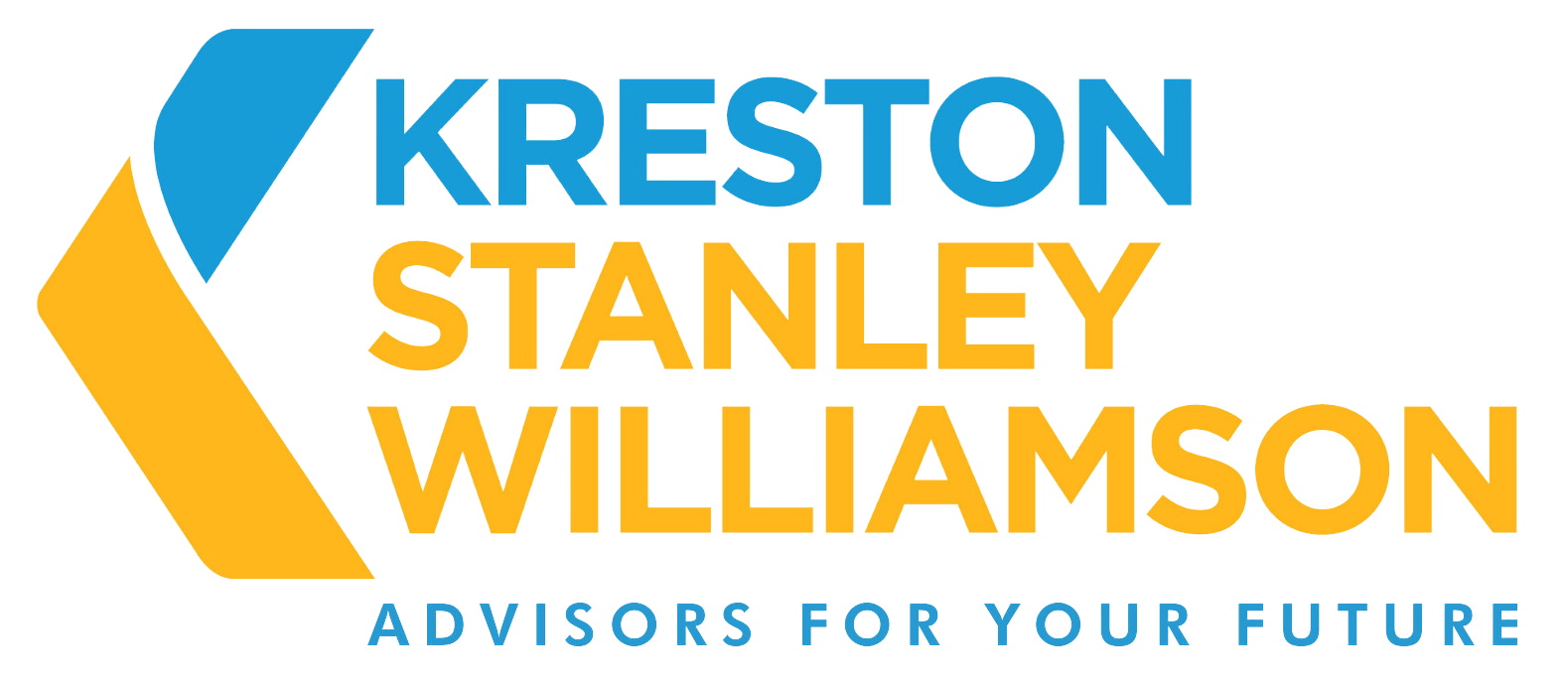

Consulting a Tax Advisor for Lease Incentives Optimization
When a lease is up for renewal, or a landlord aims to attract a new tenant, it’s customary for them to provide lease incentives to secure a new tenancy agreement. In such situations, it becomes crucial to seek guidance from a tax advisor to determine the optimal choice of lease incentives.
Additionally, it’s essential to acknowledge that most businesses rely on leasing the premises from which they operate as a commercial reality.
Lease incentives come in different forms, including:
- Cash payments such as:
- Upfront payments;
- Payment of your removal costs;
- Payment for the surrender of an existing lease;
- Rent-free periods;
- Free fit-outs;
- Non-cash incentives such as:
- Holiday packages;
- Motor vehicles, boats, free equipment etc.
Analysing Tax Implications: Lease Incentives from a Tenant’s Perspective
Cash and Non-Cash Incentives
Generally, if a tenant is given an upfront cash payment, it will be assessable as ordinary taxable income in the hands of the tenant. Cash lease incentive payments will only be assessable on the capital account (as a potential capital gain to the lessee) if received by an entirely new business.
Where non-cash incentives (such as office equipment, cars, boats, paintings etc.) are received, they are also assessable income to the tenant as they can be readily converted into cash. The amount assessable is generally the asset’s market value at the transfer time.
Rent-Free Periods
Rent-free periods or discounted rental periods are a form of non-cash benefit and are generally the most common incentive offered by landlords to secure or extend a tenant’s business. As with the non-cash benefits mentioned above, rent-free or discounted periods constitute assessable income in the hands of the lessee. The amount assessable will be the market value of the rent that otherwise would have been payable.
Tax Tip – Otherwise, Deductible Rule
The good news from a tax standpoint is that some of the non-cash incentives offered by landlords, although assessable as income, may result in a revenue-neutral outcome for you as the tenant. This is because the tenant had they incurred the amount themselves, would have been entitled to a deduction for that expense. This is known as the otherwise deductible rule. Otherwise deductible non-cash benefits include:
- Rent-free periods and rent discounts;
- Interest on loans applied to an income-producing purpose;
- Free business equipment (while assessable, the equipment itself is deductible over time through depreciation)
In practical terms, it means that incentives like these are tax-neutral.
Fit Outs
This is a little-understood area and a source of much confusion in relation to lease incentives. In Income Tax Ruling IT 2631, the Tax Office clarifies the tax position for two common fit-out scenarios.
- Landlord Performs the Fit Out and Continues to Own It
In this case, the free fit-out will not be taxable to the tenant even though they enjoy the use of it during the term of their lease. To simplify, the tenant will not be subject to any tax and will not be entitled to claim any deductions.
- Landlord Performs the Fit Out and Gifts it to the Tenant
In this case, the value of the fit-out is assessable to the tenant and, being the owners of the fit-out, they have a right or obligation to remove it at the expiration of the lease. Although assessable, the tenant can consult with a tax advisor and claim a deduction (under the capital works provisions over 40 years for the structure and fixed assets or, under the depreciation rules, over the term of an asset’s effective life). Practical life deductions also apply for any non-cash business equipment such as computers.
Although circumstances will vary, rent-free periods are often the best lease incentive for tenants as they are tax-neutral and immediately deductible rather than depreciable. If offered a fit-out, you should consider consulting with a tax advisor and negotiating a rent-free period instead. If the landlord continues to offer the fit-out, consider letting the owner retain ownership. This will achieve revenue neutrality for you, and, in any case, the fit-out will likely have little value at the end of your lease term, should you remove it.
If you have any questions or concerns in relation to the above, the Kreston Stanley Williamson team is here to assist you. Please don’t hesitate to reach out to us for guidance and discussion.
Kreston Stanley Williamson Team
*Correct as of October 2016
*Disclaimer – this article has been produced by Kreston Stanley Williamson as a service to its clients and associates. The information contained in the article is of general comment only and is not intended to be advice on any particular matter. Before acting on any areas in this article, you must seek advice about your circumstances. Liability is limited by a scheme approved under professional standards legislation.













